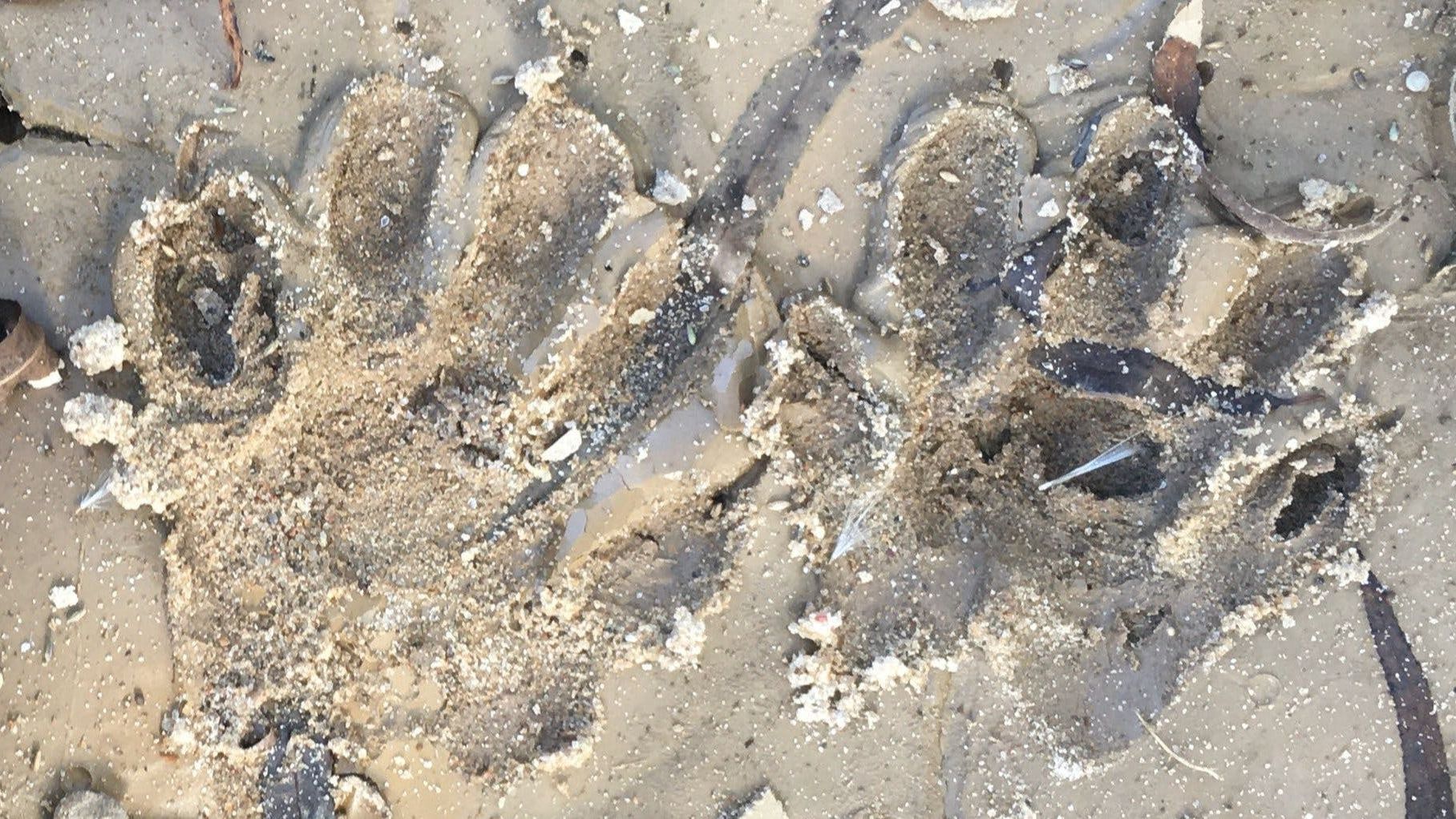Wildlife Tracking & Awareness
Jan 31, 2023
Today the majority of people who live in the western world visit the outdoors for recreational pursuits (hunting, fishing, birding, exercise, etc.) or just for the purpose of relaxation. Whether it be in a park, local nature preserve, or a wilderness setting, we relish taking in beautiful vistas, breathing fresh air, achieving an aim (landing a big fish), or simply escaping the chaos of modern life. While all of these are noble pursuits, how much of what nature has to offer are we really experiencing? Compared to our ancestors who lived, worked, and depended on having a deep understanding of the natural world for their survival, do we really know what is going on even right next to us?
Most people could be close to a majestic animal like a fox, bobcat, or deer and have no idea it was there (animals understand this and hence why they often can be found close to walking trails). Even if they know these animals reside in the area, they have no way of recognizing their presence or when they were last in the vicinity, much less how to locate them. Unfortunately, this lack of awareness causes them to miss out on so much of why they went outside in the first place: namely, to connect with nature and all the intrinsic rewards that come with it.
The good news is that with just a little knowledge and practice, your outdoor experiences can be transformed forever, increasing not only your appreciation of the nature but also making you feel as our ancestors did that you are actually part of it. Imagine if just by looking at the signs left behind you knew a coyote had been stalking rabbits that were feeding on nearby shrubs, then picked up the scent of a young deer and immediately begin chasing it before its mother made a charge at the coyote driving it away. Or that a mother fox had recently caught a squirrel and taken it back to feed to the pups in her den. Or that two bobcats had engaged in a mating ritual right on the path that you were hiking on. How much more would get out of your nature walks then?
Knowing how to recognize animal tracks and other wildlife sign starts by learning how to answer what are commonly referred to as the 5 W’s.
-
Who was there?
-
What was it doing?
-
When was it there?
-
Why was it there?
-
Where was it going (and where is it now?)
Answering this first question of Who, identifying the species that left the track or sign, is usually the best place to begin. Fortunately, you don’t have to be a professionally trained biologist to do this, as there are many great resources available to help you started. Here are a few good options:
-
Take an online tracking course like the ones we offer that include video lectures, practice exercises, and quizzes that enable you to identify the most common animal tracks and sign.
-
Pick up a quality field guide on animal tracks and sign that you can study at home and take into the field with you. For mammals, the most comprehensive guide is Mammal Tracks & Sign: A Guide to North American Species
-
Download/purchase a smartphone app that you can carry with you in the field to identify animal tracks and sign (but use it sparingly as I write about here). A good option is the pro/paid version of iTrack Wildlife.
-
Consider taking a tracker evaluation with Cybertracker North America. Led by expert instructors, for two days you will be presented with a series of track and sign examples answered in detail. A great learning experience for beginners.
Finally, a word of caution: tracking is addictive (in a good way 😊). Once you get started it’s hard to stop because it opens up a whole new world to your senses, deepening your awareness and relationship to the natural world. You will likely find that you can never go back to your old way of being in the outdoors, ignoring all the things that were going on around you!

